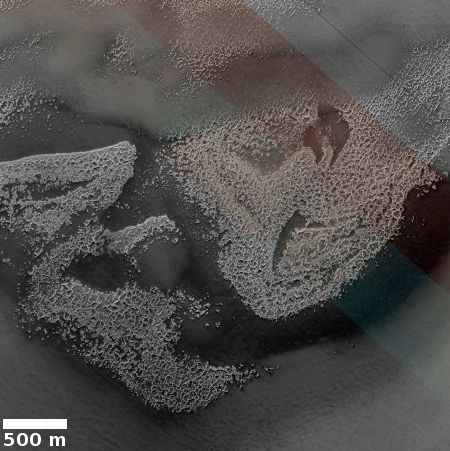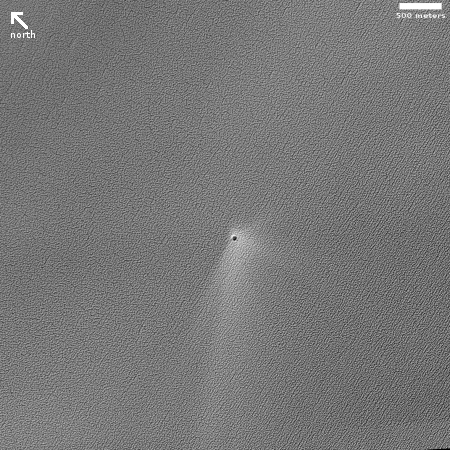Airbus gets ESA as customer for its ISS commercial platform
Capitalism in space: Airbus has signed up the European Space Agency (ESA) to use its as-yet unlaunched ISS Bartolomeo module as an experimental platform.
The Bartolomeo platform – named after Christopher Columbus’ younger brother – is currently in the final stage of launch preparation at Airbus in Bremen and is scheduled for launch to the ISS in March 2020. Bartolomeo is developed on a commercial basis by Airbus using its own investment funds and will be operated in cooperation with ESA.
The platform can accommodate up to 12 different experiment modules, supplying them with power and providing data transmission to Earth. Bartolomeo is suitable for many different experiments. Due to the unique position of the platform with a direct view of Earth from 400 kilometres, Earth observation including trace gas measurements or CO2 monitoring of the atmosphere are possible, with data useful for climate protection or for use by private data service providers.
This is the European effort to duplicate the slow commercialization of ISS that is also taking place in the U.S., with more and more of the payloads and operating platforms on the station being developed, owned, and operated not by NASA but by private companies.
Capitalism in space: Airbus has signed up the European Space Agency (ESA) to use its as-yet unlaunched ISS Bartolomeo module as an experimental platform.
The Bartolomeo platform – named after Christopher Columbus’ younger brother – is currently in the final stage of launch preparation at Airbus in Bremen and is scheduled for launch to the ISS in March 2020. Bartolomeo is developed on a commercial basis by Airbus using its own investment funds and will be operated in cooperation with ESA.
The platform can accommodate up to 12 different experiment modules, supplying them with power and providing data transmission to Earth. Bartolomeo is suitable for many different experiments. Due to the unique position of the platform with a direct view of Earth from 400 kilometres, Earth observation including trace gas measurements or CO2 monitoring of the atmosphere are possible, with data useful for climate protection or for use by private data service providers.
This is the European effort to duplicate the slow commercialization of ISS that is also taking place in the U.S., with more and more of the payloads and operating platforms on the station being developed, owned, and operated not by NASA but by private companies.






